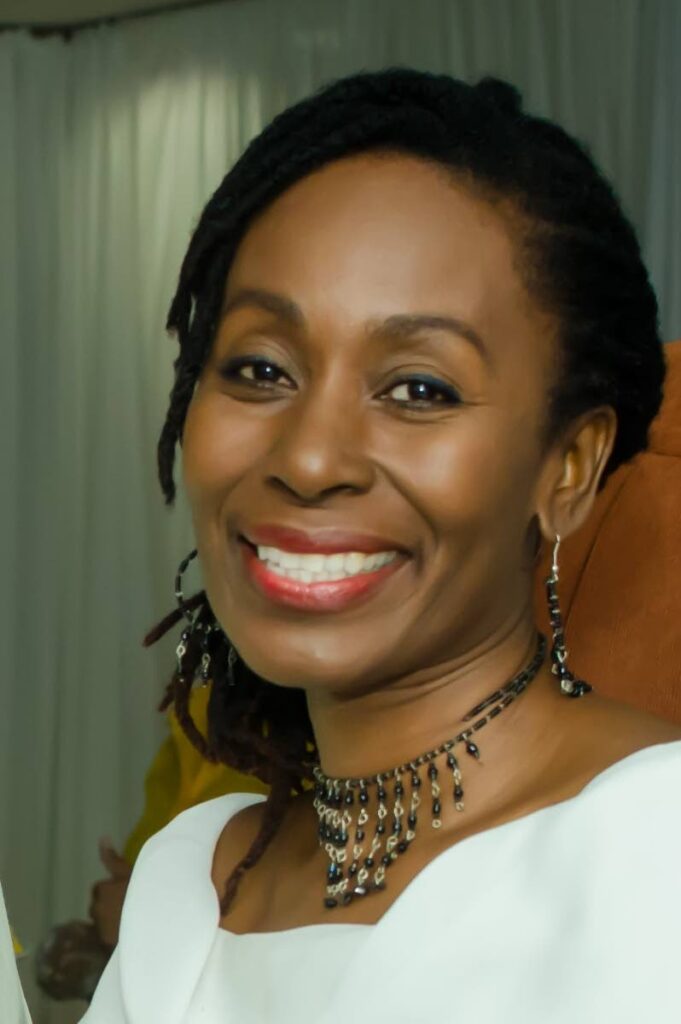No crime solutions without culture and arts

DARA E HEALY
Violence among children and youth is a public health problem, worldwide...Poor social skills, low academic achievement, impulsiveness, truancy and poverty are among the factors that fuel this violence. This violence can be prevented by developing the life skills of young children.
– World Health Organization, 2009
OUR YOUTH – often the victims and increasingly the perpetrators of violence – look on. Their silent screams hover, encircling our nation. For many, their pain is absorbed by poetry, dance, spoken word, pan or the swish of a paint brush. Within the darkness, their passion for the arts offers an outlet for self-affirmation and a release of those screams.
It is unfortunate that as Caribbean leaders talked there was barely a whisper about the power of the arts and culture to help our region survive the tsunami of crime currently threatening to drown us.
The analysis of crime as a public health concern is not new. In this interpretation, crime is contagious, spreading through and across communities. For decades, experts have warned that in addition to tremendous financial cost (for example, hospital care or forensic testing), violence leads to health-related illnesses, from anxiety to chronic physical pain, “mental distress and reduced quality of life.”
During workshop sessions in Morvant, we noticed that one boy constantly made a loud screeching sound. He was consistently reprimanded or removed from the class for being disruptive. Soon, we discovered that he was simulating the sound of police sirens that he heard every day in his community. He was expressing his trauma over daily exposure to crime in the only way he knew how.
Eventually, through our creative programmes, we were able to help him channel his fears towards a place of healing.
Is it realistic to expect that arts and culture can disarm weapons of war? Research in urban communities around the world found that neighbourhoods with vibrant artistic programmes experienced more community spirit and improved quality of life.
The arts are essential to building the life skills to strengthen people and communities. Life skills help us to be more self-aware, make more responsible decisions and build better relationships. These include “cognitive (learning), emotional, interpersonal and social skills that enable individuals to deal effectively with the challenges of everyday life.”
It is recommended that these skills should be introduced as early as pre-school, emphasising anger management, conflict resolution, critical thinking, empathy and other behaviours to help personal and professional development.
In TT, there are numerous examples of young people being positively impacted through cultural or arts programmes. Whether it is being better able to express themselves or combat depression, practitioners are clear that the arts are a powerful transformational tool.
Understandably, regional leaders may find it difficult to implement policy based on stories of life-changing experiences. They need data to allocate resources, so one of the first measures should be to establish a regional project to track and assess the social impact of the arts on crime, as was recently done for the city of New York through Pennsylvania University.
The arts can provide support to restorative justice programmes which seek to involve perpetrators of crime in the rehabilitation process. As such, calypso competitions, theatre, dance or music programmes should not be seasonal, but embedded into our reform systems.
We also need to partner with global civil society organisations that integrate arts into the criminal justice system. More community-centred approaches to funding are essential. So, instead of allocating funds and then squeezing programmes into those restrictions, find out first what the community requires.
But none of these will matter if we do not address the inherently violent nature of our societies. The stress caused by two and more hours of traffic to get to jobs that could be done at home, or from an office close to home. Or the tragic failure of a public transport system that puts the lives of women in the hands of private drivers. And the absence of cultural and religious diversity in many spaces. The list, as you know, is long.
Regional leaders may find it difficult to understand the transformative power of culture and the arts. However, they can certainly connect with the sentiments of self-pride, mental stability and hope. Silent thoughts of despair hover, waiting for change. Our young people do not need blame or words, they need support. And there can be no real solutions without culture and the arts.
Dara E Healy is a performance artist and founder of the Indigenous Creative Arts Network – ICAN

Comments
"No crime solutions without culture and arts"